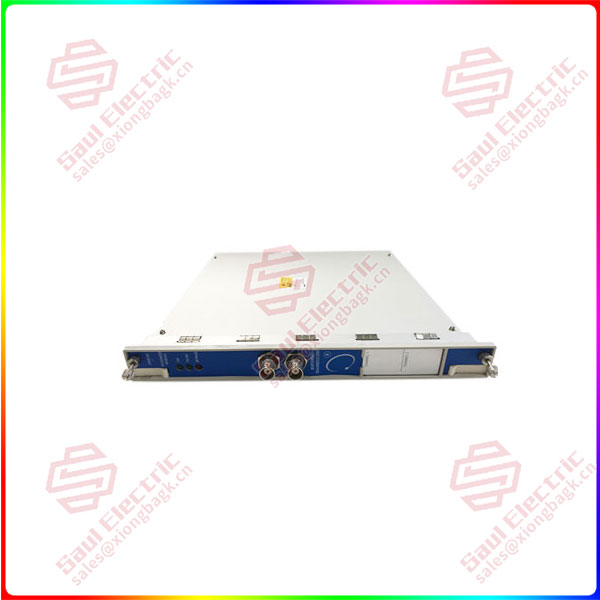Can adapt to more diverse work areas
Based on the judgment and thinking of the market, Cao Yunan divided the collaborative robot adaptation scenario into two categories: the first category is the incremental market part that can be realized by collaborative robots, such as the composite load shifting robot equipped with the automatic guided transport vehicle (AGV) function module, electric robot, medical assistance robot, etc.; The second category is the stock market part, for example, in the tightening process segment of automotive headlights and engine blocks, based on the comprehensive comparison of various dimensions such as deployment mode, space accessibility and comprehensive cost, collaborative robots are more suitable than industrial robots.
Compared with traditional industrial robots, lightweight and more flexible collaborative robots are very suitable for assembly, tightening, machine tool loading and unloading, material inspection, item taking and placing, grinding and polishing and other fields, and can efficiently solve the problems of domestic demand in the work area to ensure personnel safety and limited installation space.
At present, the importance of collaborative robots is increasingly prominent in the 3C (Computer, Communication, Consumer Electronics) industry. 3C is a general term for computer, communication and consumer electronics products. These products have the characteristics of fast iteration and complex parts. Many factories are required to produce a series of different models of products in a short period of time, and the production line faces the pressure of rapid integration and reorganization.

3500/50-01-00-01
“In the case of inspection stations, the production line may have to be switched every few hours. If the traditional mechanical platform is used for loading and unloading, the fast change requirements cannot be met.” “However, the robot arm body of the cooperative robot integrates a modular program, and when the production line is switched, the operator can directly call the program and quickly deploy the robot to execute the instructions, which greatly reduces the switching debugging time, so as to meet the demand for switching the production line in a short time.”
In the new consumer, new retail industry, collaborative robots also shine. Unmanned supermarkets, vending machines, face recognition, non-sensory payment and other concepts emerge in an endless stream, in general, through equipment and software to achieve “near scene” human-computer interaction.
In addition to the above areas, the role of collaborative robots in logistics packaging, medical care, food and other fields is also becoming more and more significant. It allows humans and machines to better cooperate, give full play to each other’s advantages, and adapt to more diverse fields of work. Experts predict that the rapid development of robots will not lead to their replacement of humans, and human-machine collaboration will become the norm in the future.
 1 Year Warranty
1 Year Warranty




